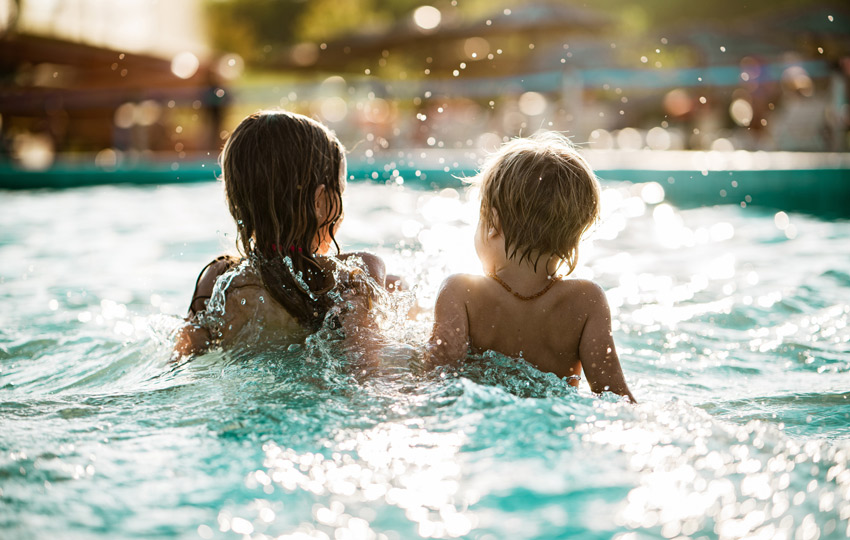Mother advocates for free CPR classes after traumatic near-drowning experience.
It takes mere seconds to lose sight of a child.
Brittanie Sisk recalls the video footage of her son’s near drowning from a neighbor’s security camera captured on May 30. What she saw continues to rattle her to this day.
“You can see him splashing around for a few minutes in the pool, and then it stopped,” said a tearful Sisk. “Six minutes later they (adults on the property) go looking for him and pull him from the water.
“He was floating. My husband immediately began CPR.”
Sisk’s 3-year-old son, Karsyn, had jumped into the pool while she was away at the store.
Upon returning, she and her husband took turns performing CPR until the first responders arrived.
“When they got there, they bagged him, and he finally threw up. The ambulance arrived and took him to be air flighted to Vanderbilt,” she said. “It all happened so fast. Seconds matter.”
‘My kids are my heart’
Child drownings remain the leading cause of unintentional death among children ages 1 to 4 years old, according to the U.S. Consumer Product Safety Commission.
While Karsyn has recovered, the trauma of the experience remains, said Sisk.
“My kids are my heart,” she said. “It was one of the hardest things I have ever gone through. He was in the water for so long. I am so glad he is here. He is just fine, no damage.”
Sisk hopes sharing the story of her son’s near drowning will prompt others to heed these basic water safety tips from the Centers for Disease Control and Prevention:
- Make sure everyone has basic swim skills, such as floating and treading water.
- Make sure kids wear life jackets in and around natural bodies of water, such as lakes or the ocean, even if they know how to swim. Life jackets can be used in and around pools and hot tubs for weaker swimmers.
- Supervise swimmers closely at all times.
- Know how to recognize and respond to a swimmer in distress and how to perform CPR.
- If you own a pool or hot tub, keep children away from the area when they aren’t swimming.
- Install and maintain barriers such as four-sided fencing.
- Use locks and alarms for windows and doors.
“I want others to learn from this accident,” said Sisk. “At least one adult should have the job of keeping an eye on the children at all times,” she stressed.
“I am fortunate that both me and my husband knew CPR. The EMTs told us that if my husband hadn’t performed CPR when he did, Karsyn wouldn’t be here today. They weren’t expecting him to make it.”
Today Sisk has turned her focus to researching how to get free CPR instruction to anyone seeking to learn.
“I didn’t know how important it was to know until this accident,” she said. “It’s truly lifesaving if you know how to properly administer. I worry that cost could prevent people from learning this skill that can save lives.”

